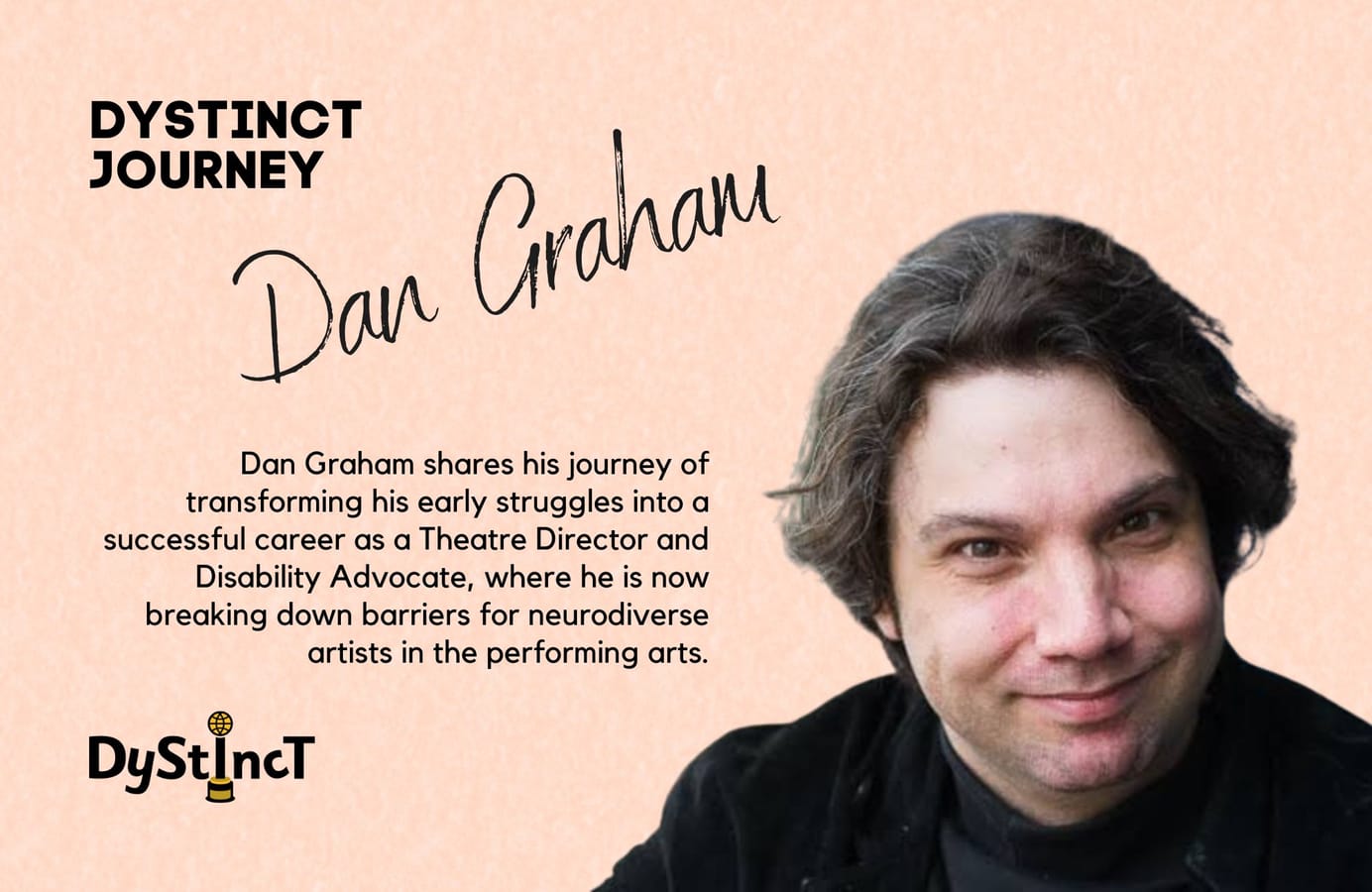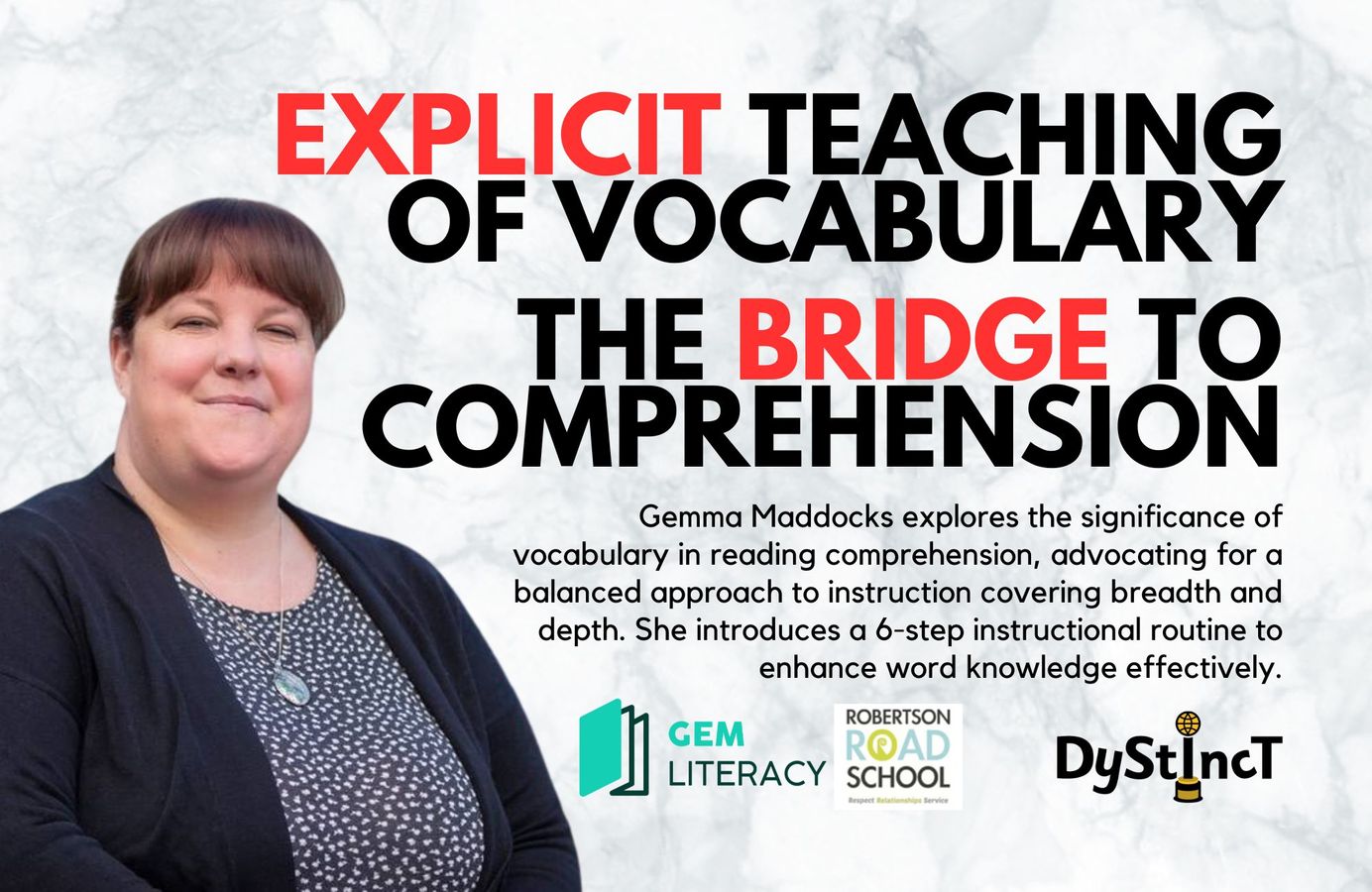
Issue 17: The Explicit Teaching of Vocabulary: The Bridge to Comprehension | Gemma Maddocks
Gemma Maddocks explores the significance of vocabulary in reading comprehension, advocating for a balanced approach to instruction covering breadth and depth. She introduces a 6-step instructional routine to enhance word knowledge effectively.
The Simple View of Reading clearly tells us that successful reading is the product of word recognition (decoding) and language comprehension (Gough & Tunmer, 1986). Unless both domains are strong, many learners will struggle to become confident and proficient readers. Scarborough’s Reading Rope (2001) then unpacks these domains further into eight “strands” which act as a visual metaphor to help teachers, professionals, and whānau (extended family group) understand the subskills of word recognition and language comprehension and how these skills become more embedded and entwined overtime as these skills develop. The second sub-skill of language comprehension includes vocabulary, which arguably is very closely linked to a child’s language comprehension abilities. But what do we mean by ‘vocabulary’, and how can we teach this systematically and explicitly, and where possible, by also linking it to the other subskills of skilled reading?
The term vocabulary can refer to words a reader recognises in print through decoding or as a “sight word”, but just because a child can recognise a word, it does not mean they understand its meaning. This means we cannot underestimate the importance of oral language when we think about our vocabulary instruction because reading and writing also depend on our oral language abilities; we cannot understand by reading what we cannot understand through speaking and listening.
The term ‘vocabulary’ can mean our understanding and knowledge of word meanings and our ability to use them when communicating. These words may be spoken, written or signed and work to convey meaning. Receptive vocabulary can mean words we recognise in reading or when someone speaks to us. It is sometimes referred to as our “storehouse of words,” which is usually larger and can vary in depth and quality from person to person. In contrast, our expressive vocabulary is word meanings we know well enough to use in speaking and writing and which we can connect to a variety of contexts - this usually demonstrates a true understanding and “ownership” of a word. It is believed that English has the largest vocabulary of any language, around 650,000 words, with an orthography (spelling system of a language) that is morphophonemic. This means it is a writing system organised by both sound-letter correspondences and morphemes (the meaningful parts of words). So where do we start, and how do we make this instruction manageable in the classroom?
It could be argued that teachers have often approached the teaching of vocabulary incidentally - during reading stories aloud, topic or inquiry learning, informal conversations or from questions being asked by learners. But, we have to ask, is this really efficient and systematic enough?
Breadth VS Depth
Breadth VS Depth
Knowledge of words can be placed on a continuum as this knowledge often varies in depth and quality from learner to learner, e.g.
“I have no idea what that word means.”
“I think I’ve heard that word before.”
“I recognise the word in context.”
“I can understand and use that word confidently.”
In order for our learners to successfully grow vocabulary knowledge, instruction must focus both on breadth and depth because word knowledge tends to represent a learner’s background knowledge. Broad (breadth) instruction allows our learners to be exposed to many words, which can then support their content learning and comprehension across the curriculum. This broad instruction usually means words are learned incidentally and generally only supports surface-level knowledge. Increasing vocabulary depth allows learners to have a deeper understanding of words and word meanings. This usually means they can understand these words both orally and in print. Busy teachers know that there is not enough time to teach every word across every topic or subject, so what do we do?
How do we know which words to explicitly teach in-depth?
How do we know which words to explicitly teach in-depth?
Choosing the best words for explicit teaching can be tricky because teachers are expected to teach using a wide range of subjects, topics and texts across the curriculum. Therefore, to have the biggest impact, teachers need to:
- Pick words the majority of learners will likely not know
- Pick words that will likely be found across texts/subjects/topics - these are sometimes known as “Goldilocks Words” or Tier 2 words because they’re “just right” (not too easy, not too hard)
- Teach words that would be difficult to learn without explicit instruction
- Pick words that are central to the meaning and comprehension of the text/topic/subject being taught. These words may also have multiple meanings depending on the context.
- Extend word knowledge by studying the different “layers of words,” such as word structure, multiple meanings, possible word confusions and whether the word has any cultural connotations or significance.
Once words have been selected, teachers can then use a low-variance instructional routine to teach these words explicitly. Teaching is direct and unambiguous, following the I DO (the teacher), We DO (teacher and learner), and You Do (the learner(s)) Model.
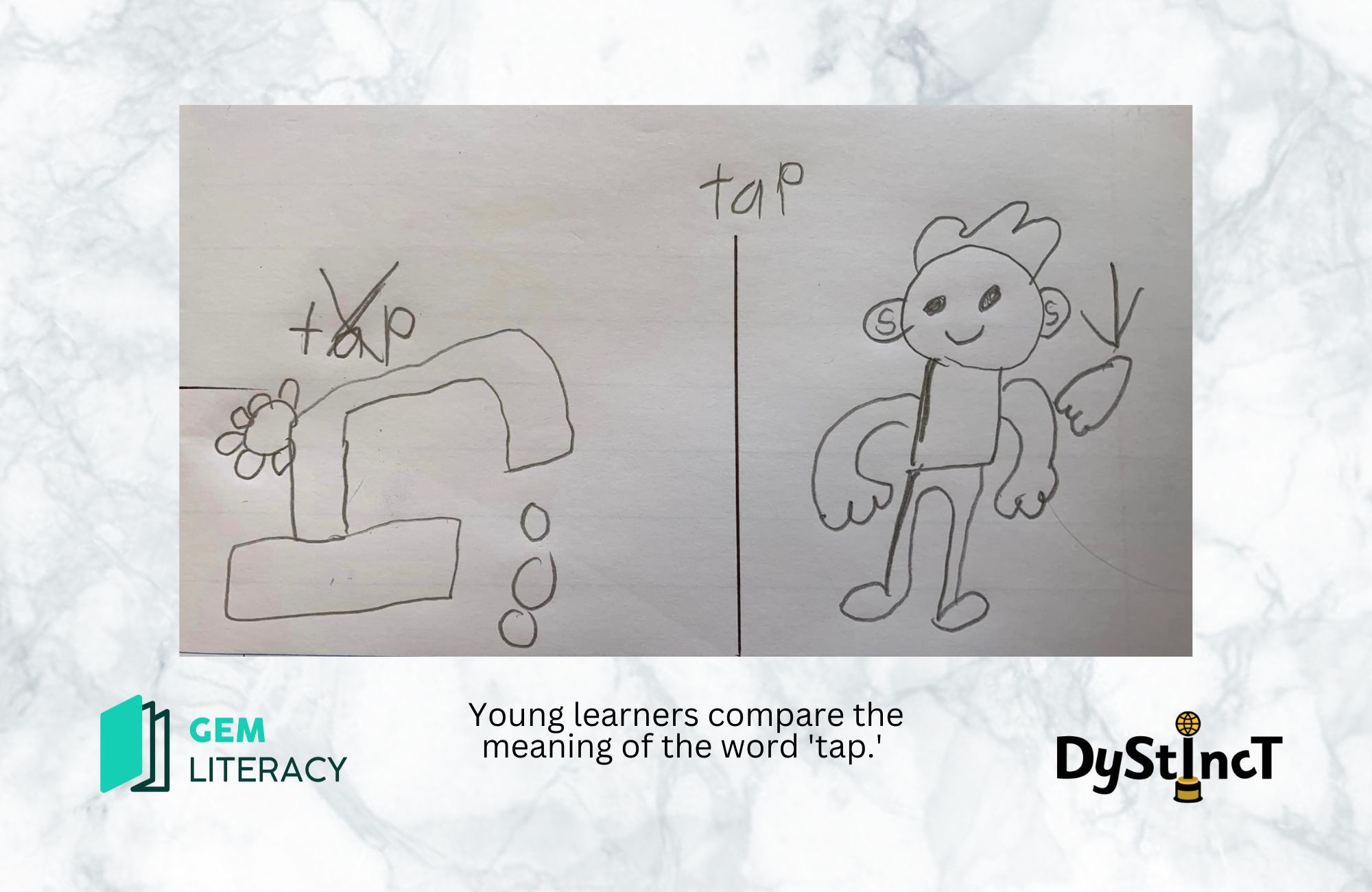
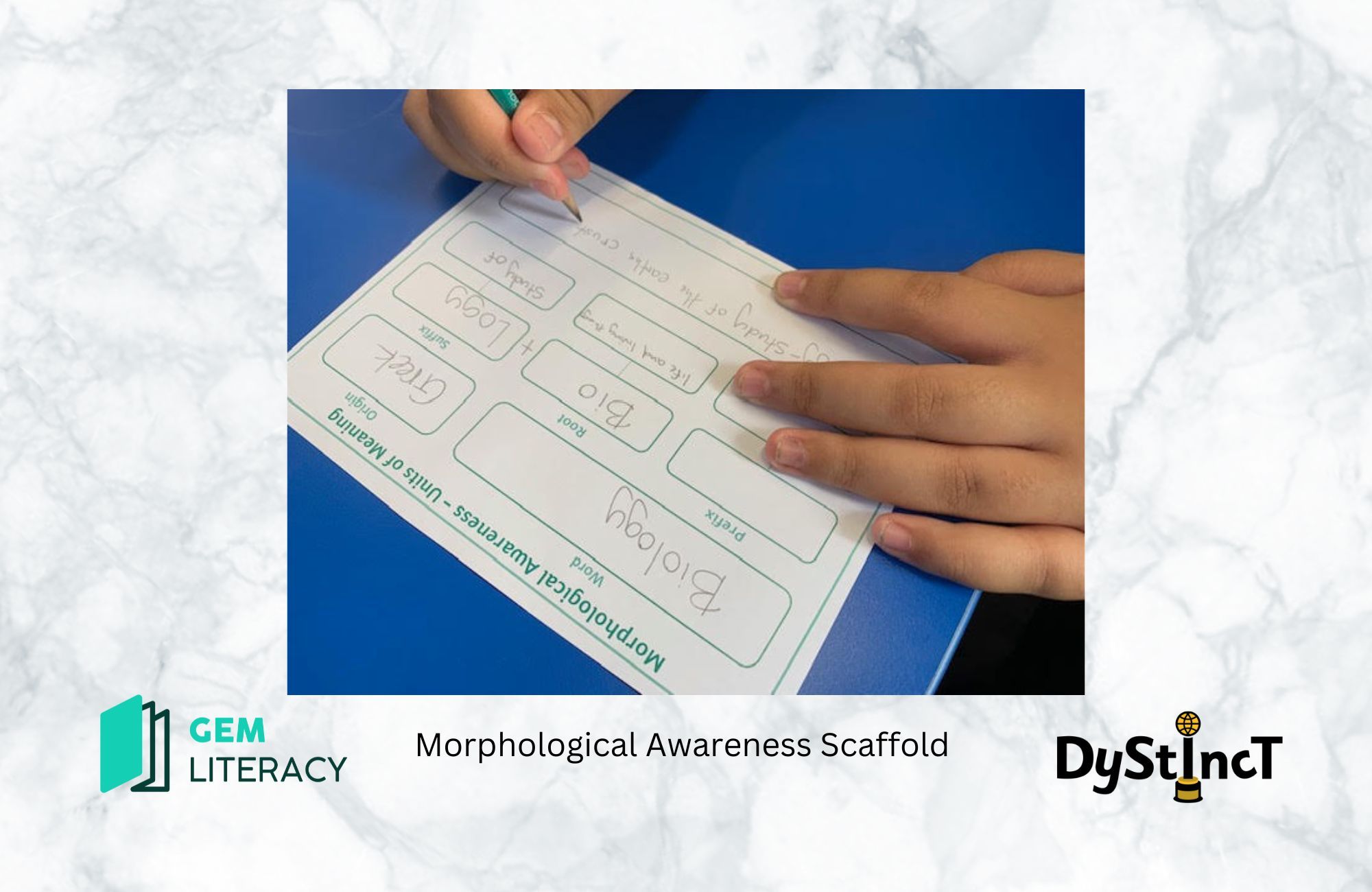
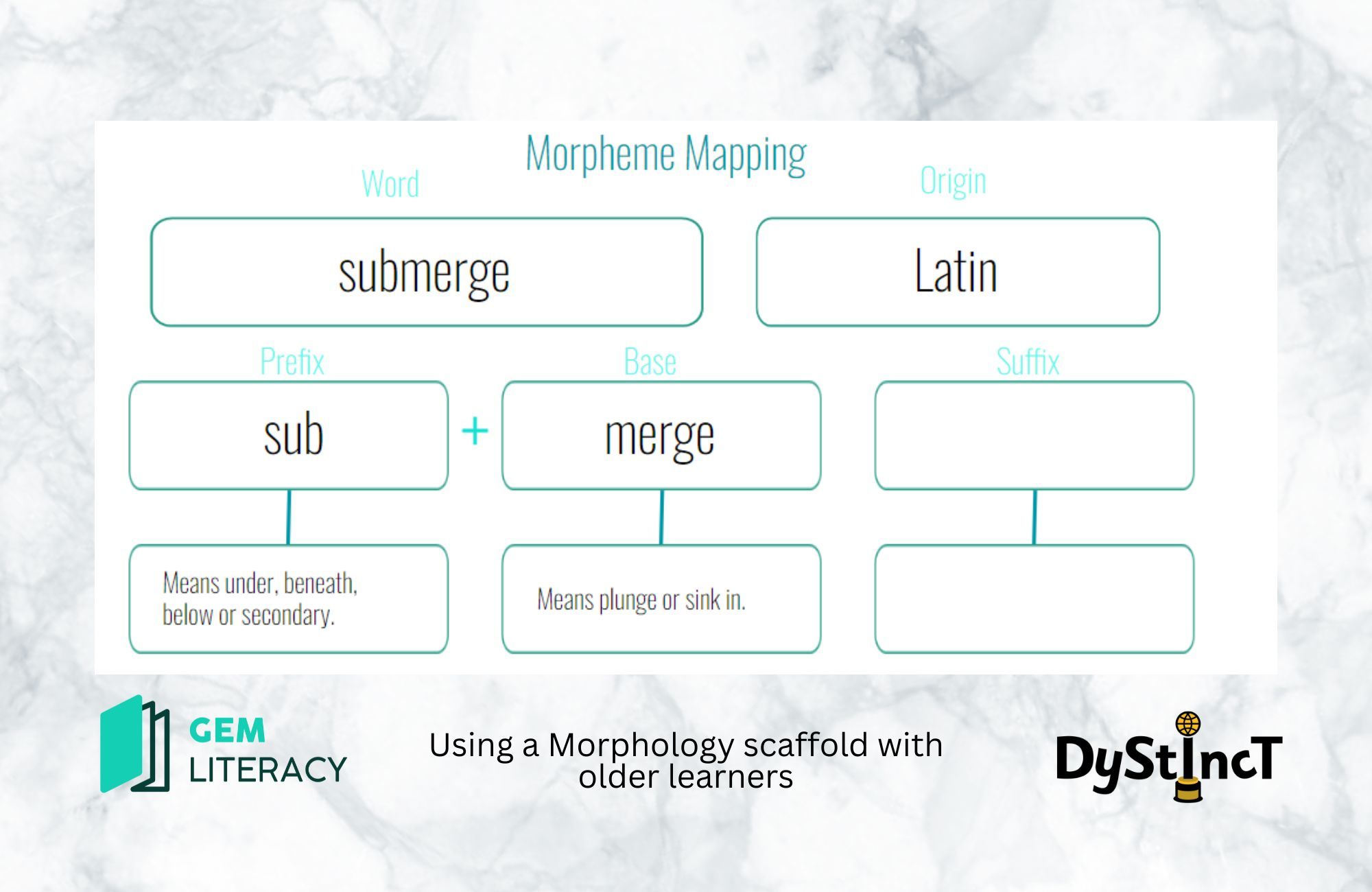
This post is for paying subscribers only
SubscribeAlready have an account? Log in


